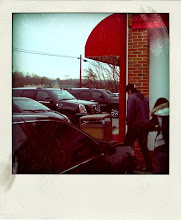
In 1996, Olia Lialina created My Boyfriend Came Back from the War, a web-based interactive digital art project that tells the story of lovers reuniting after one has been away at war. The website uses simple text and images to tell the nonlinear story of these two people. The progress of the story is determined by the order in which you (the viewer) click on different linked text and images.
The artist uses simple html for the text, images, and frames (which split into smaller frames as you continue to click). What is striking to me about this work is that in spite of its simplicity, it has a deep and evocative message. Traditional media have an easier time of being successfully poignant. Viewers approach painting, sculpture, and drawing with the expectation that they may have an emotional experience. In a culture where everything is digital and everyone has instant access to everything, it may be hard to separate digital art from anything else that is digitally accessible. When viewing Lialina's piece, you might forget that you're staring at a computer screen.













